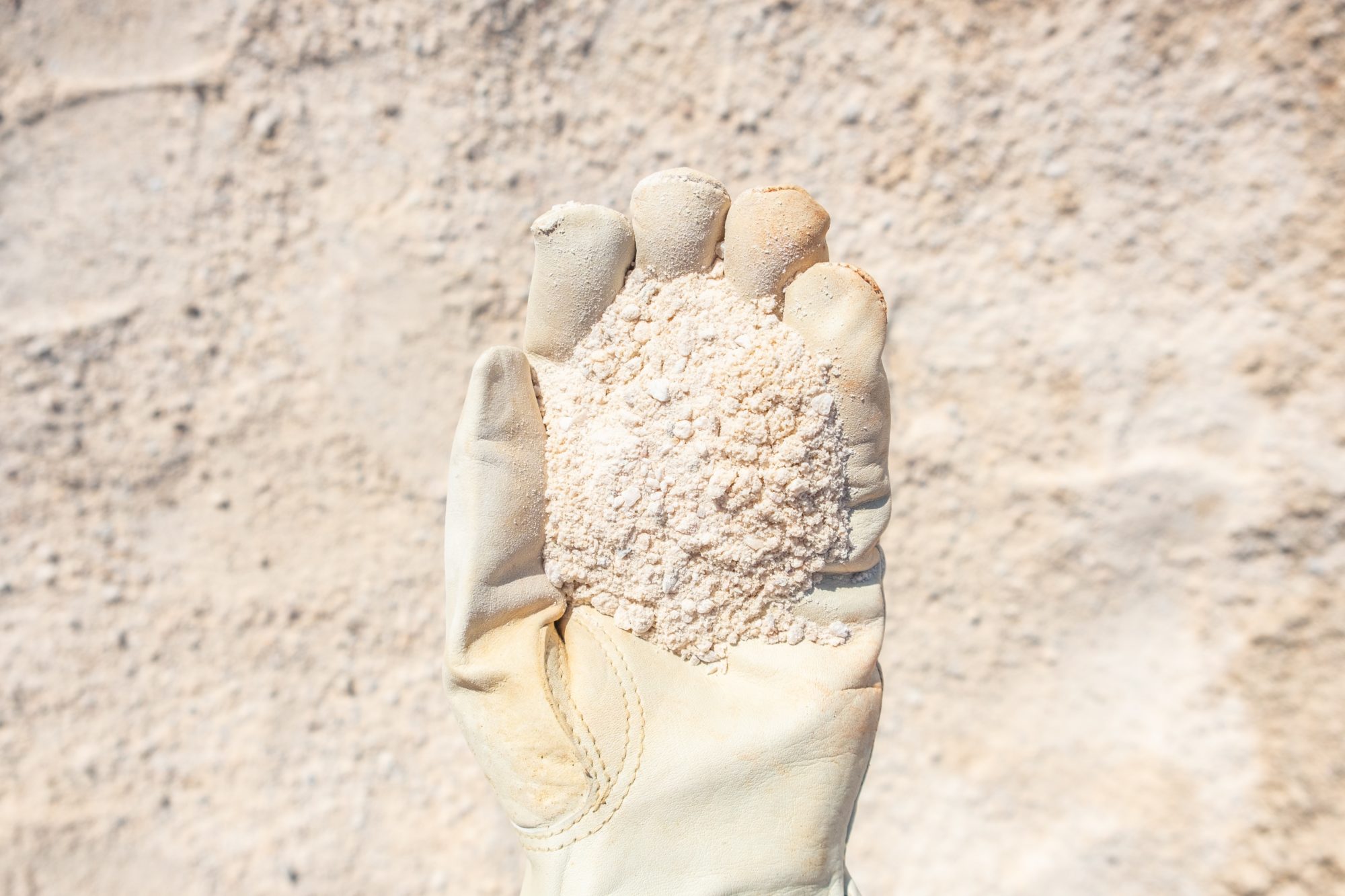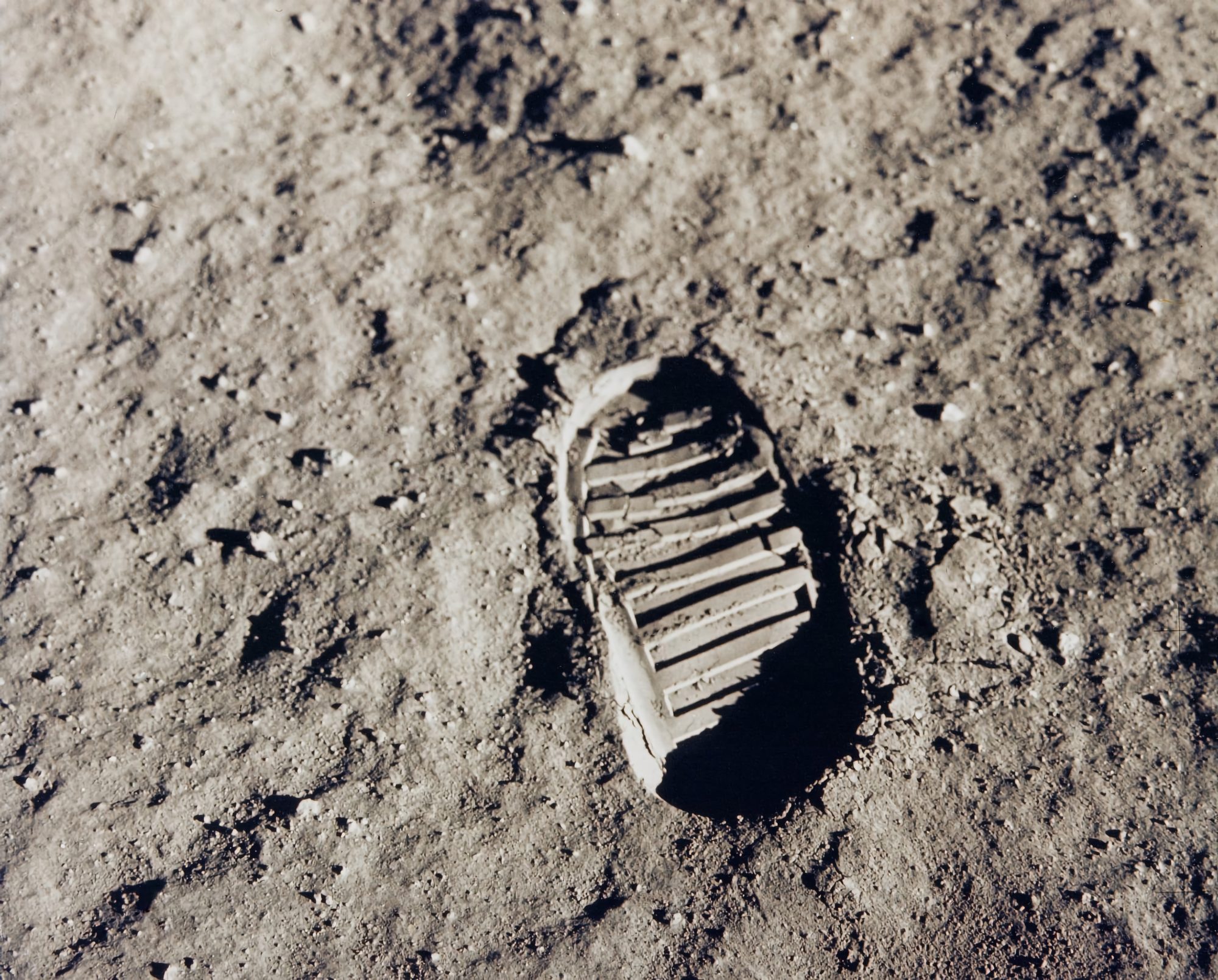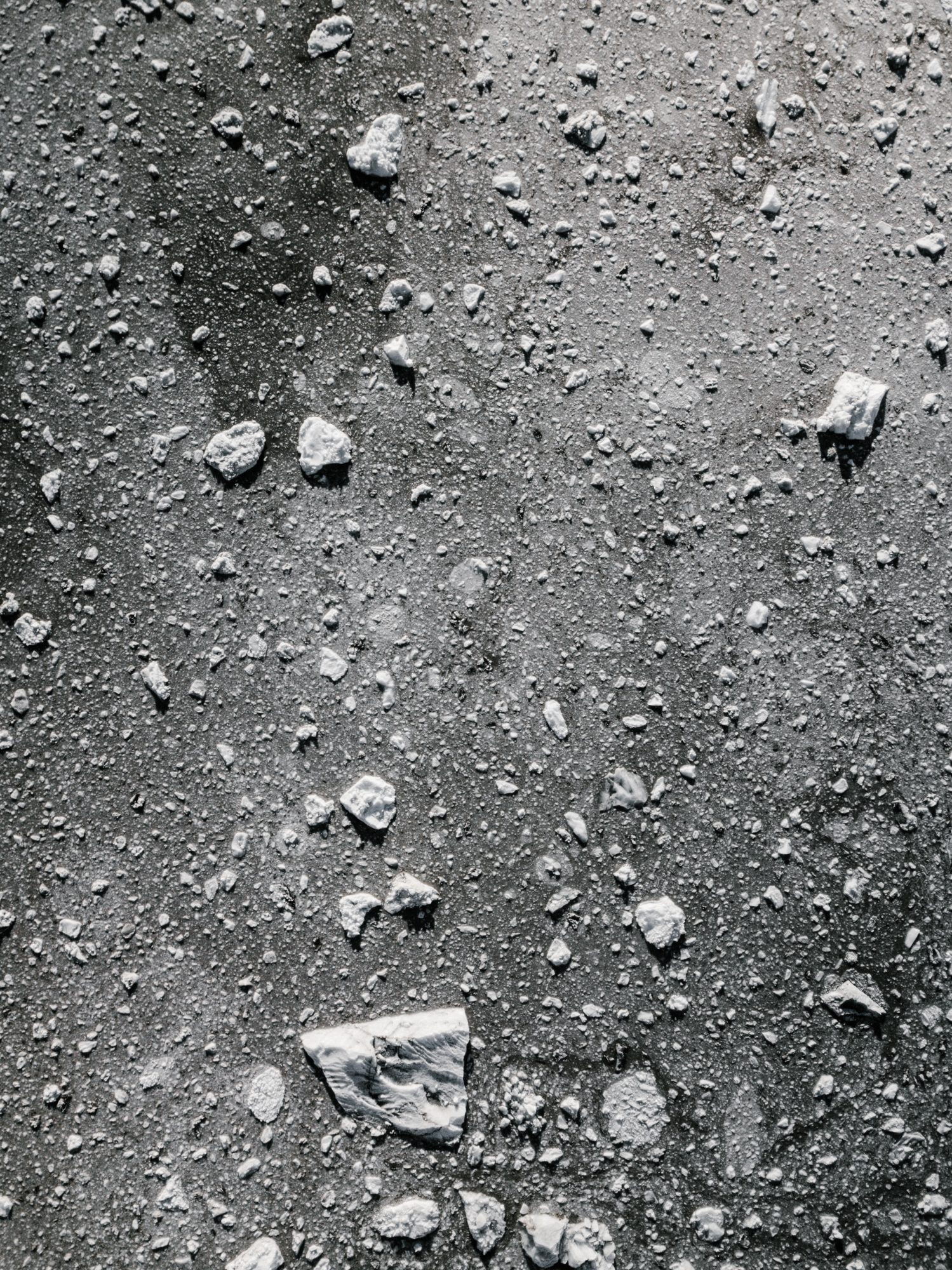
Uplift Aerospace wants to make concrete from moon dust
While growing up in Draper, Utah, Josh Hanes became fascinated by outer space. As a pre-teen, he even tried to invent propulsion systems to take people to the moon.
Two decades later, 31-year-old Hanes is consumed with another space challenge—what people will actually do and need once they launch past Earth’s atmosphere and into space?
This fall, his Park City startup Uplift Aerospace inked a deal with NASA to launch the first “space vault,” selling rare and unique items from Earth. Think: a space exhibition of one-of-a-kind jewelry pieces and artwork from iconic creators. Some pieces will be sold to the public, while others will be curated as space artifacts in public museums.
Up next: Uplift will sell more useful items to commercial astronauts on the ISS, whether it’s unique foods not available in space or products that make the harsh environment of space a little more comfortable. “We’ll be creating history’s next marketplace and enabling commerce in space,” Hanes says. “It’s incredible.”

Artwork from space is only one facet of the Uplift story. This summer, Uplift worked with researchers at the University of Wisconsin-Milwaukee and the University of Central Florida to create a new form of more durable concrete from moon dirt—Luna-Crete—that would enable infrastructure to be built on the moon.
The company is quite literally creating the foundation needed for off-planet construction, commerce, and manufacturing, paving the way for humanity to work and live in space, on the moon, and eventually on other planets.
Funding the future with moon art
But how do you sustain a startup on a dream that’s at least a decade or more away? Space artwork is emerging as a pretty good financial stop-gap. It’s increasingly common for science-driven startups to collaborate with artists-in-residence, says Mark Bünger, who follows the sector for Innovation Lab. And, he says, they’re very good at it.
In August, Uplift commissioned Ghanaian artist Amoake Boafo to paint a triptych on the top of a Blue Origin rocket that was launched into space before parachuting back to Earth. The value of original artwork tends to appreciate by 400 to 500 times once it has gone into space and back, Hanes says. Uplift owns the rocket art by Boafo, who last year went from a little-known painter to the art market’s biggest star. In December, Christie’s set a record for Boafo, selling a canvas painting called Baba Diop for $1.2 million. The Uplift rocket portraits depicted Boafo, his mother, and the mother of a close friend.
“Artists and artworks bridge the gap between the general public’s awareness and interests and the amazing things made possible by science,” Bünger says. “Some of the products Uplift is pursuing—like Luna-Crete—are several years away at best, so art for earthlings should help bridge the gap.”
This year has been particularly buzzy for commercial space. In July, the 70-year-old billionaire Sir Richard Branson took a historic spaceflight alongside Virgin Galactic employees, noting a turning tide in which the vast majority of space flights will be commercial.
That same month, tech titan billionaire Jeff Bezos flew to the edge of space aboard a rocket developed by his company Blue Origin. In October, Star Trek’s Captain Kirk—aka 90-year-old actor William Shatner—flew in a Blue Origin flight as well. Billionaire Elon Musk, founder of reusable rocket company SpaceX, has reportedly put down a $10,000 deposit on a flight with Virgin Galactic.
In recent years, the cost and technology of going to space were so daunting that only governments and massive corporate partners could do it. The arrival of aspirational and deep-pocketed billionaires led to a new wave of startups, investments, and activity that would cater to the growing economies of scale in space.

“I’d say the most important billionaire by far is Elon Musk and SpaceX,” Bünger says. “They keep surmounting technical obstacles, like rocket reusability, that benefit everyone else. There are more rockets, more launches, all costing less money.”
Yet commercial spaceflight is still a novelty, says Robert Pearlman, editor of collectSPACE.com, which covers space history, space exploration, and space artifacts. And increasingly, companies are trying to capitalize on that newness. Estée Lauder sent its night serum into space for an Instagram campaign, while Budweiser commissioned experiments on the International Space Station to study how to grow wheat in space—and eventually brew beer on Mars. Blue Origin’s non-profit Club for the Future invites children to fly postcards into space, and Space Adventures continues to book people on trips into space.
Starting businesses in space?
In the meantime, commercial space investments are exploding. Global space investments hit near-record levels during the third quarter of 2021, reaching $9.8 billion up from $6.6 billion during the same period in 2020, according to the Quarterly Space Report at the Space Foundation. The number of financing deals also doubled to 55. In addition to the billionaire pet projects, research is percolating at universities across the country and space ambitions are taking shape inside small startups.
Next year will be yet another big year for space. Virgin Galactic should start commercial operations in 2022 and Blue Origin plans to continue and expand its New Shepard suborbital flight program. The European Space Agency plans to launch the JUICE spacecraft to explore Jupiter and its ice-covered moons. NASA will continue its own Juno spacecraft at Jupiter with a fly-by of Europa next fall. China will complete its space station and invite other nations’ astronauts to visit, and NASA will continue building the Gateway, a space station that will orbit the Moon.
The US also has numerous commercial lunar landers and rovers set for 2022 and 2023, including NASA’s Artemis 1 lunar lander, the Intuitive Machines, Masten, and the Astrobotic-VIPER mission. In the coming years, we’ll likely see Russia, Japan, India, and China tackle their own lunar goals.
“We’re seeing a broad spectrum of interest and investment in both the government and commercial sectors in getting to the moon and developing off-world enterprises,” says Lesley Conn, managing editor of The Space Report. “There are a lot of players trying to figure out how to do this.”
Musk has ambitions of creating a multi-planet species to prevent our extinction—and in October he said he wants to open an “off-planet” Tesla factory someday. Bezos has also talked about moving all manufacturing off the planet to protect the earth. “Earth will be zoned residential and light industrial,” Bezos said in 2016. “It makes a lot of sense.”

It’s not too far off: the Defense Advanced Research Projects Agency (DARPA) is already pursuing a plan for robust manufacturing in space. The program will develop designs and materials for large space and lunar structures. NASA has also launched competitions inviting startups to solve the problem of lunar ice mining. Masten Space Systems in California’s Mojave Desert has indicated it will try using a big robot, powerful vacuums, and rocket engines used like drilling systems. Another startup, iSpace, is developing micro-robotic technology to tap moon water.
NASA’s upcoming Artemis mission involves a slew of various startups who will return humans to the moon, and more specifically to the lunar south pole—an ideal spot because its permanently shadowed places on the Moon could contain ice, precious metals, hydrogen, nitrogen, and other minerals, which would be key resources for Moon explorers. It could also provide a potential location for refueling for longer destinations.
Off-planet manufacturing is on the way
That’s where Uplift plans to come in. The Utah company wants to be the first to create lunar concrete with the right formulation to withstand low gravity and vacuum-like conditions on the moon, as well as withstand the wide range of temperatures there—which can range from 260 degrees Fahrenheit to 280 degrees below zero.
At UW, Dr. Konstantin Sobolev worked with Uplift to study the microscopic characteristic of Moon dirt, also called lunar regolith. Scientists first studied how to make concrete from moon dirt back in the 1980s, but those experiments faltered as interest and government money dried up.
Last summer, Uplift’s scientists collaborated with UW scientists to create a south pole specific concrete called Luna-CreteTM that can withstand 9,000 pounds per square inch (PSI), which meets standards for high-performance concrete in traditional construction on Earth. What makes Uplift’s formulation different? It’s prototyping a concrete that’s specifically targeted for the south pole, by testing specific lunar simulated materials found in a possible landing site, Hanes says.
“The results were better than what we hoped for in terms of durability and compressive strength,” Hanes says, who studied physics at the University of Utah before starting Uplift. The upshot: “far-reaching implications” for development of the moon and off-world manufacturing, he says.
Uplift’s own team has since conducted 80 feasibility tests at a laboratory at the University of Utah and is now transitioning to test materials in vacuum and extreme temperature conditions. The company will then start building the robotics systems and material processing systems to collect, filter, and process concrete on the Moon’s surface.
Last summer, Uplift took steps to expand its capital and attract more talent when it made its debut on the public markets. A public shell company, NPR Stone Inc., acquired Uplift in a reverse merger that valued the startup at $12 million. Its stock trades on the OTC public market.
If and when the space manufacturing market takes off, Bünger says, Uplift could be in a prime position to be acquired by a bigger player like Thermo-Fisher, an industrial cement maker.
The road to that takeoff is uncertain. While artwork and postcards—and Captain Kirk—flying to space may capture the public’s attention, commercial space flight has had its stops and starts for decades. Only now is the industry beginning to take form.
“Even though we’re talking about commercial space flight, it’s not routine, and any major setback has the potential to stall the entire industry once again,” Pearlman says. “The market will ultimately prove out whether Uplift’s strategy is a success.”






